Our research
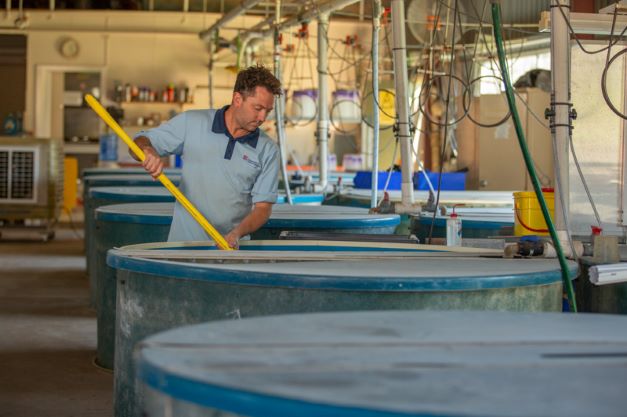
NFC researchers deliver knowledge to empower management of fish in NSW. Our science provides rigorous, relevant data and understanding to support evidence-based management of our aquatic resources. This has real benefits for biodiversity and ecosystems, recreation and tourism, culture and mental health, and local economies.
The Freshwater Ecosystems Research group undertakes research in three core themes: Restoration & Recovery; Ecology & Environment; and, Recreation & Culture.
Find out more about these research themes on the Freshwater Ecosystems Research page.
Key areas of expertise at NFC:
Drought recovery
NFC is central to supporting native fish populations during times of drought. Following the significant fish kill events during the summer of 2018/19, NFC staff helped rescue and relocate native fish (including threatened species), assisted with aeration of water in key habitats, and collected fish to act as hatchery broodstock. In total, 4,400 native fish were rescued, and 47 artificial aeration units were installed. The effort involved working closely with local experts, Aboriginal peoples, communities and recreational fishers. NFC researchers are developing breeding and reintroduction programs and will continue to support the recovery of fish populations.
For more information on the efforts, visit the Native Fish Drought Response webpage and the Fish Kill webpage
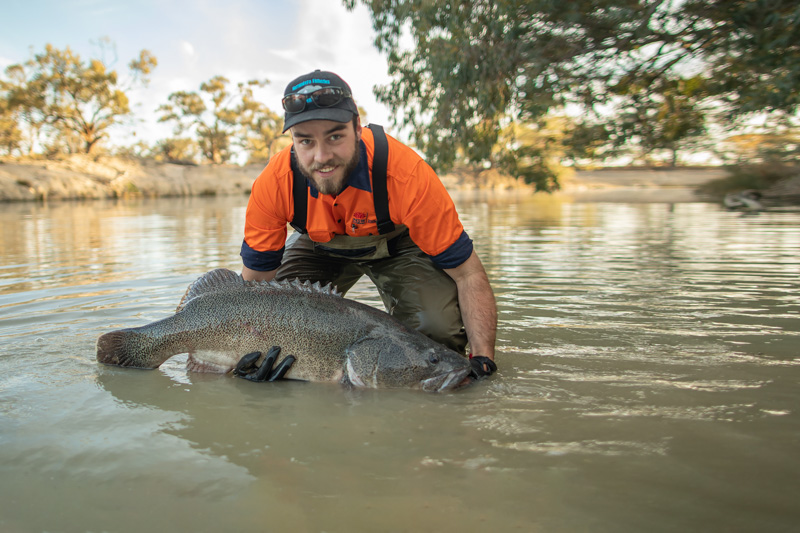
Effectiveness of stocking
NFC hatchery is an important part of restocking efforts in NSW. Over 90 million fish have been stocked since 2000. The aim is to enhance recreational angling opportunities and improve the resilience of fish populations. NFC research helps determine if the right number of fingerlings are being released and if they are surviving to contribute to the fishery. Impoundments and rivers throughout the Murray Darling Basin and in alpine areas (e.g., Lake Eucumbene and Jindabyne) are also monitored to provide timely and relevant data on fish stocks. Anglers work closely with NFC staff to guide monitoring sites and methods, ensuring research is relevant and useful. This guides stocking regimes to meet the needs of a sustainable future for fishing in NSW.
Read more on the NSW DPI Fisheries recreational fishing website.
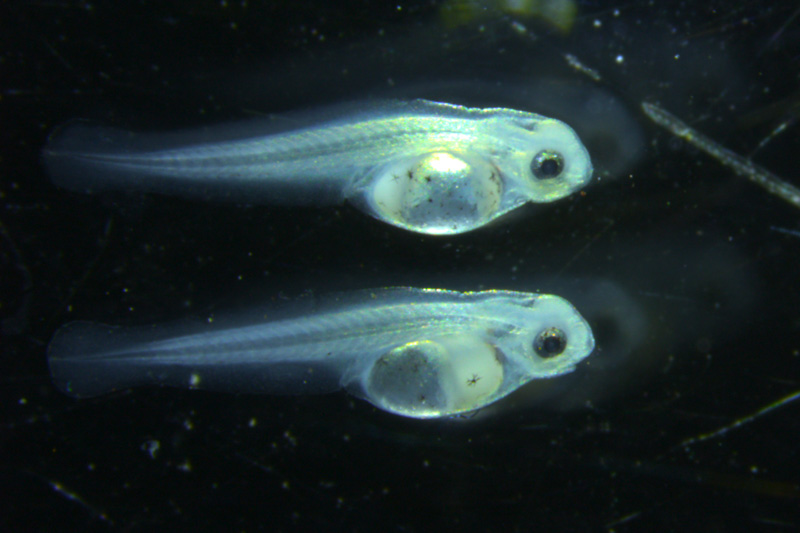
Fish age and growth from ear bones (and much more)
Did you know that fish have ear bones called otoliths? These bony structures form daily and annual growth rings. Like tree rings, these can be used to tell the age of a fish. NFC has a lab dedicated to examining otoliths, and from this information we can determine the age structure of populations, the growth rates of individual fish, the environmental influences on recruitment and even track where fish are spawned and where they move through the landscape over their life. This information is used to inform harvest regulations, and to guide efficient and effective use of resources to support the health of our native fish populations for future generations.
Fish movement in rivers
Native fish need access to different habitats to complete their life cycles. Many species migrate upstream, downstream or out onto floodplains to spawn during spring and summer. Some species even travel hundreds of kilometres in search of food or mates, before returning to their home snag. NFC researchers track these movements using electronic tags implanted into fish. These small, sound-emitting devices allow fish to be tracked up and down rivers over time. The technology allows NFC to identify movement pathways, critical habitats and the drivers of these movements, which helps natural resource managers meet the needs of native fish, including threatened species.
Genetic research
NFC researchers use genetic data to enrich traditional fish surveys by providing new insights into the ecology of native fish. Genetics is used to understand the relationships between different populations of fish from different areas, to understand how fish adapt to different environmental conditions, and to monitor populations of rare species from DNA found in the water. This work allows managers to prioritise populations for conservation action and maximise positive outcomes for native fish populations.
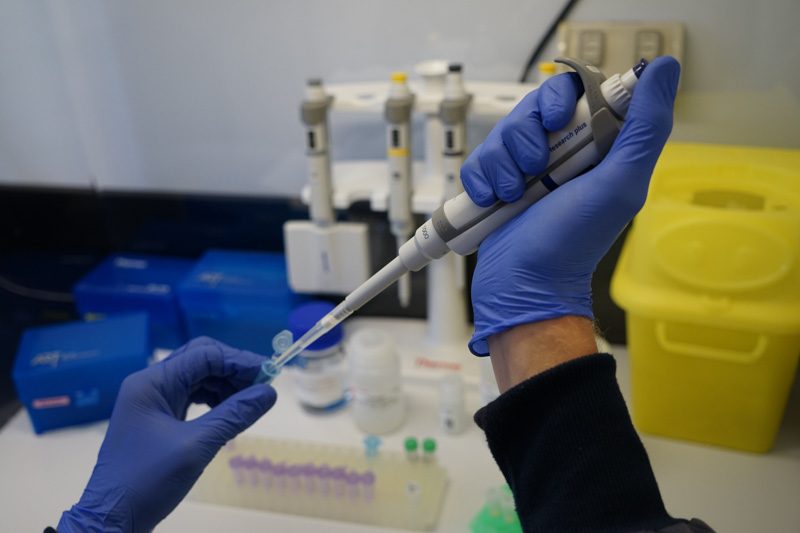
Health of native fish species
NFC researchers monitor the health status of native fish populations and other aquatic biota. They conduct large-scale field survey programs and sample all life stages of fish using capture techniques such as netting and electrofishing. The data are used to track changes in the abundance, distribution, recruitment and condition of native fish populations across all of NSW, and to identify the drivers of these changes. This information helps develop management strategies to protect native freshwater fish, which is a key requirement under the Fisheries Management Act (1994).
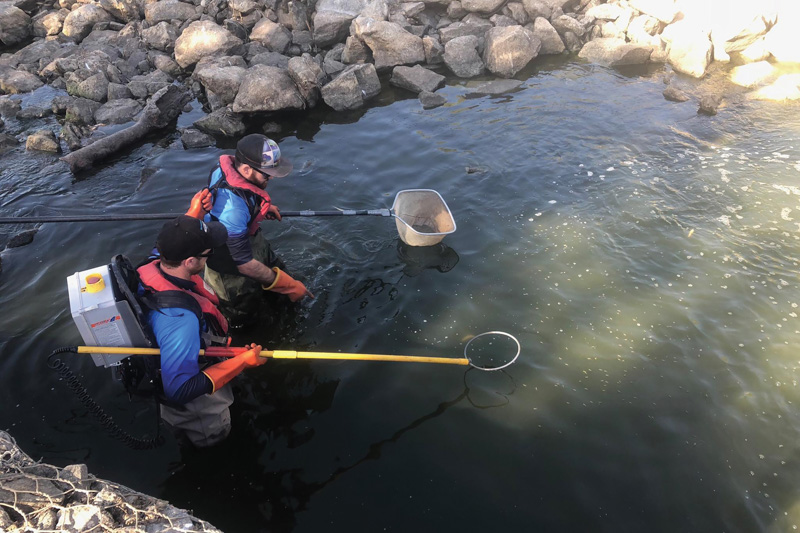
Improve fish passage
Native fish need to navigate past barriers in rivers and streams to complete their natural movements. There are over 10,000 dams, weirs and road crossings that block fish movements in NSW. NFC researchers undertake studies to assess where, when and why native fish move so that barriers that prevent movement can be fitted with fishways or removed. is working to reduce the impact of these structures through fishways. A ‘fishway’ is a ramp, channel or lift that helps fish pass an instream structure. NFC researchers monitor the performance of fishways and work with managers to develop new designs to make them better for native fish.
Pest species management
Alien species such as common carp, redfin, goldfish, eastern gambusia and oriental weatherloach impact native fish. They compete for habitat, food, spawning sites and carry diseases. NFC researchers are finding new ways to control and eradicate pest species, including large-scale removal, biological controls and physical barriers. These ongoing projects help give native fish the best chance to benefit from conservation efforts.
Threatened species
NFC researchers help populations of threatened fish species. Trout cod and silver perch are bred at NFC as part of the restocking program. NFC is also a base station for remote field surveys and lab work to reinvigorate Macquarie perch. This work involves creating new refuge populations as protection against interactions with redfin perch. NFC staff are also analysing Macquarie perch hormones to improve breeding success and performing genetic rescues of populations to improve long-term resilience.
Our Collaborators
NSW DPI extends our research capacity and impact through a range of partnerships and collaborations with other research groups in Commonwealth and State government agencies, research institutions, universities and the community all are essential in building the knowledge base for sound management.
We welcome opportunities to collaborate with research, government and industry partners, please contact us if you would like to explore collaboration opportunities.